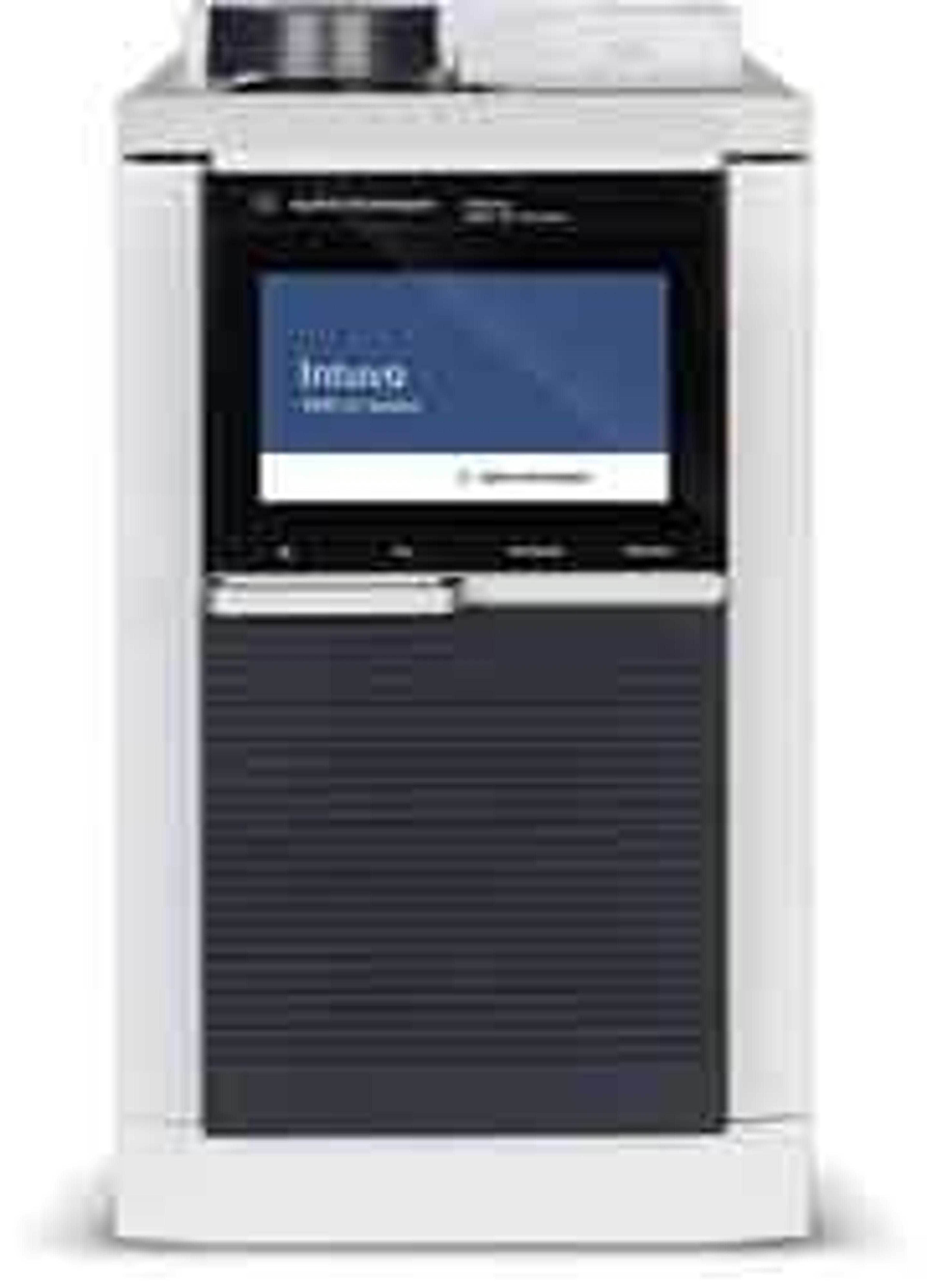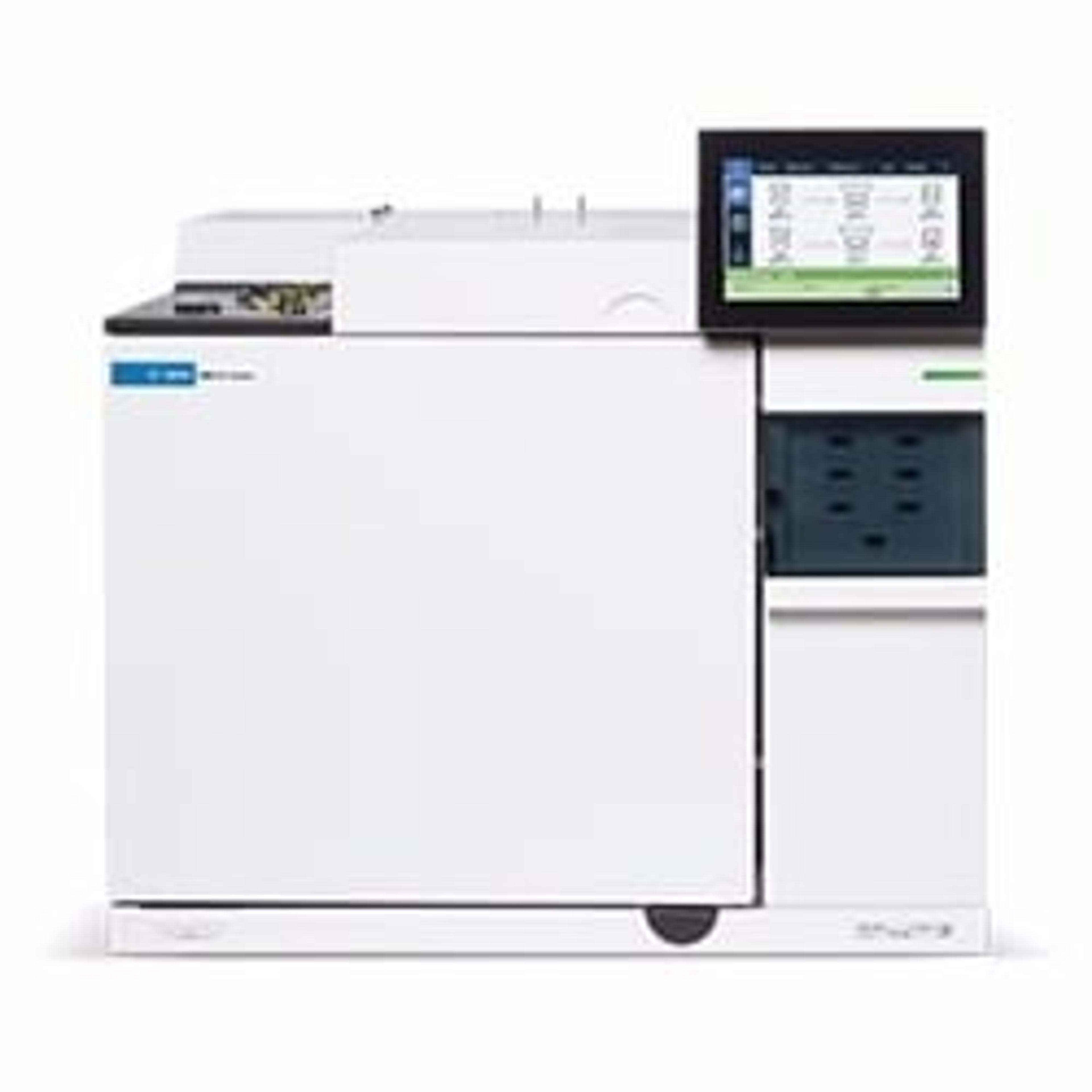Climbing the peaks of GC intelligence: Discover the smart new features in Agilent GCs
Watch this on-demand webinar to learn more about the new features available and how they could change the way you work
28 Apr 2021

In this recent SelectScience webinar, now available on demand, George Reiner and James McCurry from Agilent Technologies introduce the new features of Agilent GC systems that have been designed to make them more intelligent and to increase lab efficiency.
The 8890 GC now has automated sample preparation capabilities with the 7693A autosampler allowing for hands-free standard addition and derivatizations. Remote connectivity has been made easier with the introduction of a mobile phone interface and the Intuvo GC and 8890 GC have new peak evaluation and enhanced diagnostic features that allow for automatic evaluation of designated peaks and on-board guided troubleshooting.
Read on for highlights from the Q&A discussion and find out how these new features can help keep your lab running productively while minimizing downtime when problems arise.
Watch on demandQ: Why does sample preparation need two autosampler towers?
JM: Two towers are highly recommended. The first tower is going to be the one that will actually inject the prepared sample onto the inlet of your GC after the sample prep is finished. That will typically have a small volume syringe, somewhere between 10 and 25 microliters. The second tower is to do things like adding solvent, doing dilutions, adding other reagents, and so forth. This usually contains a larger syringe, typically between 100 and 500 microliters, and that serves as a delivery system for the reagents and to mix the samples around.
Q: Is there a configuration for the autosampler that is needed to do sample preparations?
JM: The one thing that we recommend is having the 150-sample tray, and that's because the tray has a couple of tools in it that are very useful for sample prep. It has the spinner, where the vial can be put in and spun in various directions and at certain speeds and durations. This is to make sure that everything is mixed properly. Then it can also be used for doing things like liquid-liquid extraction to mix things up.
The other tool in the tray is the heater. The heater is useful for if you need to get some good solubility so that it warms up and makes sure that everything stays in solution. The other thing that the heater is useful for is if you are doing derivatization as part of your sample prep. Oftentimes, derivatization is enhanced or it's required to warm the sample up a bit for that reaction to take place. So that would be necessary for doing those kinds of more advanced techniques.
The other thing we also recommend is using syringes that have Teflon-tip plungers. This is because there's less carrier with those and also, the plungers are more inert, which is important particularly if you're adding derivatization reagents.
Q: How many peaks can be used in peak evaluation?
GR: For peak evaluation, currently you can identify up to 10 peaks from your chromatogram to be part of the peak evaluation method. For each of those peaks, you can identify multiple chromatographic attributes if you would want to monitor that. We don't expect many customers to use all 10 peaks. The expectation is that you’re going to be looking at one key feature that you're looking for. So that would usually be one or two peaks and maybe one or two attributes on each peak.
Q: What security measures are in place for connecting to a mobile phone?
GR: The phone interface is just the standard browser interface. When you access it with a mobile phone, it serves up this phone interface first. The security on that is the same as for the browser. From the touchscreen, you can set a PIN that someone would use inside your system. The main security is provided by your corporate IT group. If you handle your lab the way we do at Agilent, we plug our instruments directly into the corporate LAN so that we can access them throughout the building or other sites. But that means that if I'm from home, trying to access from home, then I will need to activate my VPN, my virtual private network, first before I can then get to the GC and enter the PIN.
Q: How do the GCs that we have in the lab now get this increased capability?
GR: All you need to do is update the firmware. For the phone interface that's available on all three GCs, the 8860, the 8890, and the Intuvo 9000, and you can update to the current firmware that's up on the website, which is 2.2. For most of the other features that we talked about, those will come out in 2.3 firmware, which is coming out in the next couple of weeks. Once you see that on the agilent.com website, you just need to download it, update the firmware, and the features will be available.
Learn more about the new features in Agilent GCs: Watch this webinar on demand >>
SelectScience runs 10+ webinars a month across various scientific topics, discover more of our upcoming webinars >>



